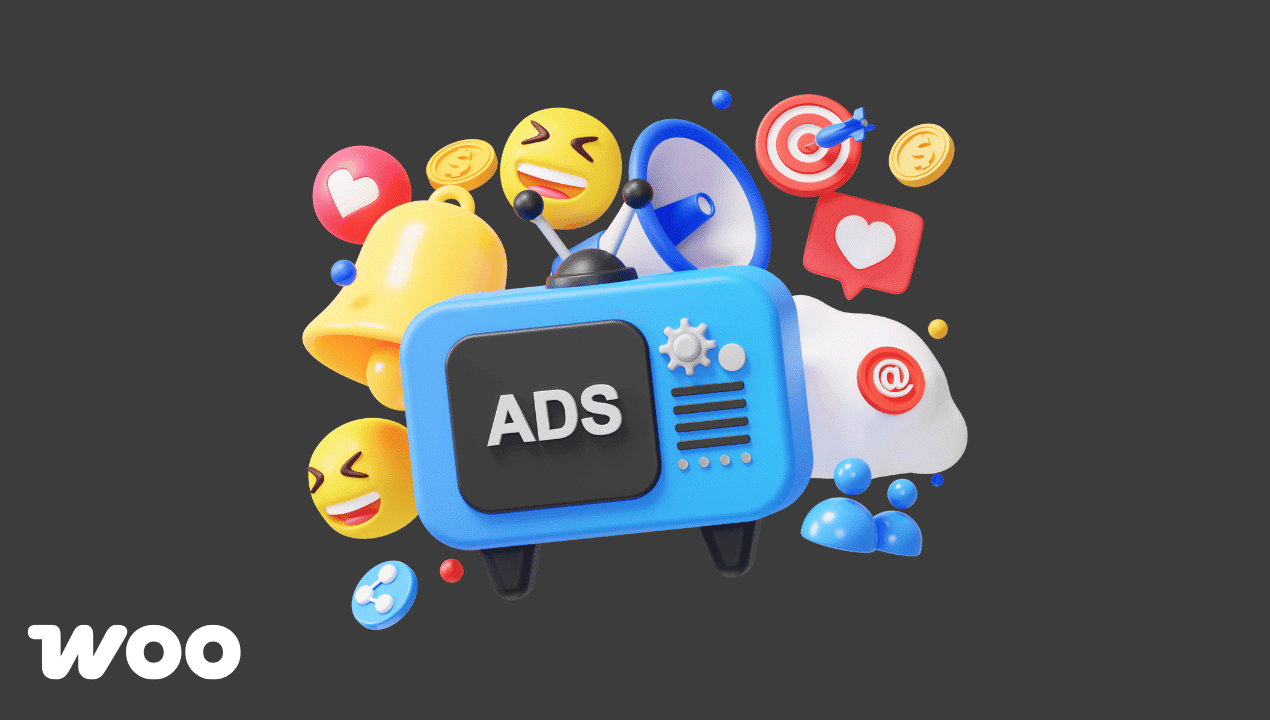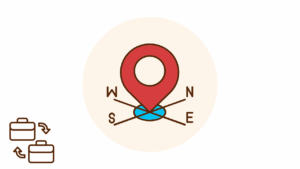Running a WooCommerce store means living close to your numbers. Ads on Facebook and Instagram can drive outsized growth, but they can also chew through cash if budgets aren’t tied to unit economics and cash-flow realities. This playbook walks you through a pragmatic approach to budgeting, pacing, and protecting your ad spend—so you scale sustainably rather than reactively. In this comprehensive guide, you’ll learn how budgeting meta ads without waste of money as your WooCommerce growth playbook.
Start With Unit Economics, Not Ad Tactics
Before you touch campaign settings, align on what “good” looks like in financial terms.
Define your allowance for acquisition: WooCommerce Growth Playbook: Budgeting Meta Ads Without Waste
- Contribution margin (per order): Net revenue minus variable costs (product, shipping, transaction fees, pick/pack).
- Allowable CAC: The most you can spend to acquire a customer while preserving target margin. If retention is strong, you’ll accept a higher CAC; if repeat purchase rates are thin, keep CAC tight.
- Blended vs. paid-only: Decide whether you budget against blended CAC (all channels) or hold paid social to a stricter target. Be explicit.
Quick example (sanity check math)
- AOV = $80; variable cost = $44 → contribution margin = $36.
- Target profit per new customer (first purchase) = $6 → allowable CAC = $30.
- If your average CPC is $0.90 and your PDP conversion rate is 2.0%, expected CAC ≈ $0.90 / 0.02 = $45 (too high).
- You either improve conversion (offer/UX) or pursue cheaper clicks (audience/creative), or both, before scaling.
Build a budget from the target, not the other way around
- Revenue goal → orders needed: Target revenue ÷ AOV.
- Orders → clicks: Orders ÷ CVR.
- Clicks → spend: Clicks × CPC.
- Check against allowable CAC: If CAC overshoots, adjust goals or improve funnel efficiency.
Pacing Cash, Not Just Media
Even if your ROAS looks fine, cash can get tight. Ad platforms bill quickly; WooCommerce payouts, returns, and inventory purchases lag.
Weekly pacing > monthly “set and forget” WooCommerce Growth Playbook: Budgeting Meta Ads Without Waste
Break the month into four weekly budgets with a ±10% tolerance band. This gives breathing room for learning phases and creative swings while keeping total spend aligned.
Protect against returns and seasonality
- Returns buffer: If your category sees 8–12% returns, set aside that cushion in your payback math.
- Seasonal deltas: CPMs and conversion rates shift during holidays and sales events. Adjust both your allowable CAC and your caps for those windows rather than treating them like typical weeks.
Create separate funding rails for control
Use discrete budgets (and, operationally, separate payment methods) per market or program so a spike in one campaign can’t drain cash earmarked for another. This also makes it painless to pause or throttle a single segment without disrupting everything else.
Campaign Architecture That Respects Your Wallet
A clear structure limits waste and clarifies where each dollar is working.
A simple, durable split: WooCommerce growth playbook: Budgeting meta ads without waste
- Prospecting (60–70%): Broad or interest-based with lookalikes; conversion objective.
- Retargeting (20–30%): Site, product, and cart viewers; dynamic product ads if your catalog is clean.
- Retention/LTV (10–20%): Past purchasers and CRM segments with newness, bundles, or replenishment.
ABO vs. CBO: pick intentionally
- ABO (Ad Set Budget Optimization): Tighter control for tests and small budgets.
- CBO (Campaign Budget Optimization): Useful at scale once winners are stable; protect with minimums to avoid starve/overfeed behavior.
Exit criteria and “kill switches”
- Define stop rules before you launch: e.g., pause if spend > 2× allowable CAC with < 50% of target ROAS after 1,000 impressions and 50 clicks. Pre-agreed rules reduce emotional tinkering.
Creative Testing Without Setting Money on Fire
Creative is your biggest lever on CPM, CPC, and conversion rate. Test it like a scientist, not a gambler.
Structure tests for learnings, not vanity wins WooCommerce Growth Playbook: Budgeting Meta Ads Without Waste
- Isolate one variable: Hook vs. angle, visual style, or offer.
- Sufficient sample: Aim for enough spend to produce 95% confidence on CTR or add-to-cart deltas, not just “looks promising.”
- Rotate formats: Static, carousel, short video. Some categories win on quiet statics; others need motion to stop the scroll.
Keep the learning phase manageable
Avoid spinning up too many ad sets at once. Consolidate when the audience is the same, and use pinned copy variants sparingly so delivery can concentrate.
Landing Pages and Offer Fit
Send traffic to pages designed for paid social, not generic PDPs by default.
Message match and speed
- Message match: The headline should mirror the promise in the ad.
- Above-the-fold proof: Reviews, “as seen in,” or UGC thumbnails build trust quickly.
- Speed: Every 100–200ms you claw back helps paid traffic. Compress images, lazy-load below-the-fold content, and cache aggressively.
Offers that justify the click WooCommerce Growth Playbook: Budgeting Meta Ads Without Waste
- For first purchases, test bundles, “buy more save more,” limited-time newness, or threshold offers (free shipping at $X).
- Align the offer to margin shape; avoid promotions that collapse contribution just to win ROAS screenshots.
Measurement You Can Defend
Attribution is imperfect. That’s fine—pick a framework and stick to it.
Choose a primary and a sanity-check model
- Primary: Platform-reported conversions (data-driven, 7-day click/1-day view) to guide in-platform bidding.
- Sanity check: GA4 or server-side reporting for blended performance. Track directional coherence, not one true number.
Track cohorts, not only snapshots – WooCommerce growth playbook: Budgeting meta ads without waste
Cohort reporting (by campaign start week) reveals if a test’s early ROAS holds or fades. It also shows whether “cheap” clicks convert after delay or never convert at all.
Instrument the plumbing
Use the pixel and Conversion API with deduplication to capture as much signal as possible while respecting privacy controls. Verify events in test mode before you scale spend on them.
Reduce Waste and Risk Before You Increase Budget
You don’t need exotic tools to cut obvious leaks.
Placement and audience hygiene WooCommerce Growth Playbook: Budgeting Meta Ads Without Waste
- Exclude audience overlaps to prevent self-competition between prospecting and retargeting.
- Block low-quality placements if they drive clicks without downstream actions.
- Refresh exclusions weekly: Purchasers should not sit in prospecting for long; cart abandoners belong in a distinct sequence.
Automation rules and alerts
- Rules: Pause ads with spend above a threshold and zero add-to-carts; reduce budgets on ad sets with sudden CPC spikes; cap frequency for retention to avoid fatigue.
- Alerts: Daily digest to flag outliers in CPC, CPA, or ROAS, so you act before the week’s end.
Know Your Cost Drivers (and Where to Look Up Benchmarks)
Costs move with seasonality, competition, and creative quality. Rather than guessing, align your planning with current market dynamics and test into them. For a deeper overview of the variables that shape pricing, see this guide to facebook ads cost and use it to contextualize your own CPC/CPM and conversion targets over time.
Budgeting Framework You Can Implement Today
Bring the ideas together in a lightweight but rigorous process.
1) Set guardrails
- Allowable CAC at the product bundle level.
- Target blended and paid-only ROAS.
- Min/max weekly pacing with a tolerance band.
2) Allocate by funnel stage WooCommerce Growth Playbook: Budgeting Meta Ads Without Waste
- Prospecting 60–70%, retargeting 20–30%, retention 10–20%.
- Reserve 10–15% of total spend for structured creative tests; kill or graduate based on pre-set rules.
3) Plan cash weekly
- Weekly budgets ladder up to the month.
- Keep a buffer for returns and a separate contingency for peak periods.
- Use separate budgets/funding per market or program to compartmentalize risk.
4) Enforce change control
- Two-person review for large budget increases or major audience changes.
- Document hypotheses, outcomes, and next steps after each test cycle.
5) Report like an operator WooCommerce Growth Playbook: Budgeting Meta Ads Without Waste
- Weekly: pacing vs. plan, CAC/ROAS by funnel stage, creative leaderboard.
- Monthly: cohort performance, retention impact, and what graduated from test → scale.
Common Pitfalls (and How to Avoid Them)
- Chasing cheap CPCs: Low CPC without adds-to-cart or purchases is a mirage. Chase qualified intent, not cheap clicks.
- Over-segmenting: Too many ad sets dilute learning and starve delivery. Consolidate until you see clear audience or angle separation.
- Ignoring operations: Stockouts, slow fulfillment, and poor customer service erase ad gains. Coordinate with ops before scaling.
- Campaign thrash: Daily flip-flopping resets learning. Batch changes and review results on a cadence.
Scaling Facebook and Instagram profitably for WooCommerce isn’t about secret hacks. It’s about discipline: know what you can afford to pay for a customer, pace cash with the reality of payouts and returns, design campaigns that reflect your funnel, and turn creative testing into an engine rather than a bonfire. With guardrails set and a clear weekly rhythm, you can grow with confidence—and keep your budget doing the quiet, compounding work that builds a durable store.







